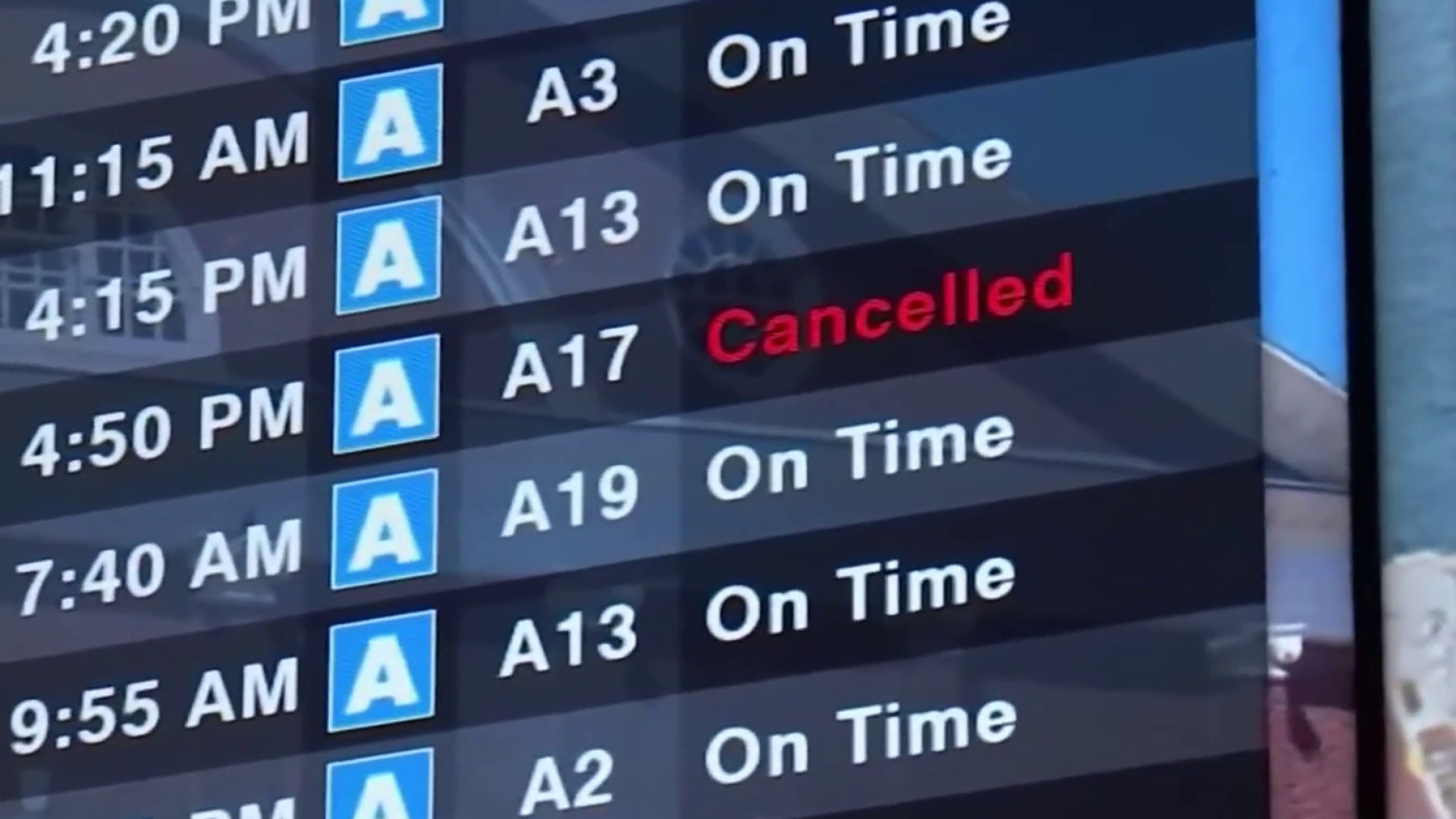More than 40 percent of California is out of drought, federal drought-watchers said Thursday at the tail end of powerful storms that sent thousands of people fleeing from flooding rivers in the north, unleashed burbling waterfalls in southern deserts, and doubled the vital snowpack in the Sierra Nevada in little more than a week.
Declaring California as a whole to be past its official three-year drought emergency will be up to Gov. Jerry Brown, who will probably wait until the end of the winter rain and snow season to make that decision.
But for people in northern cities such as Sacramento, where state workers opened flood gates to ease pressure on levees for the first time in a dozen years, releasing a two-mile-wide torrent of excess water from the surging Sacramento River, the call on declaring the dry spell over in Northern California looked much clearer.
"It's hard to say we have a drought here right now," said Jay Lund, director of the Center for Watershed Sciences at UC Davis.
Lund spoke as he returned from taking students to see the wrenched-open, century-old flood gates in Sacramento, which got its heaviest rain in 20 years this week.
The weekly drought report by federal and academic water experts showed 42 percent of the state had emerged from drought. This time last year, only 3 percent of California was out of drought.
Southern California, which is also receiving welcome rain from the storms, remains in drought but experienced a dramatic reduction in severity.
Local
Just 2 percent of the entire state, a swath between Los Angeles and Santa Barbara, remains in the sharpest category of drought that includes drying wells, reservoirs and streams and widespread crop losses. Forty-three percent of the state was in that direst category this time a year ago.
The Cachuma reservoir near still-arid Santa Barbara was at just 8 percent of capacity, even as authorities at Northern California's Shasta Dam opened spillways for the first time in six years to make room for more water to come.
Like many people in Northern California, winery tasting-room supervisor Nate Hayes went out to marvel when this week's heavy rains started and enjoyed taking his canoe down the flooded streets of his town of Rohnert Park.
By Thursday, Hayes and others were tired of the rockslides and mudslides complicating commutes and the round-the-clock downpours keeping everyone inside.
"We're all really excited for the rain," Hayes said. "But at the same time we kind of want it to be over."
Forecasters said the heaviest of storms fueled by an "atmospheric river" weather phenomenon had passed after delivering the biggest downpours in a decade.
"Everything is on the way down," said Steve Anderson, a meteorologist at the National Weather Service office in Monterey.
A rare Sierra blizzard at the start of the week brought the mountains their heaviest snowfall in six years. Runoff from the mountains provides Californians with much of their year-round water supply. Stations up and down the mountain chain were reporting twice the amount of normal rain and snow for this time of year.
Overall, reservoirs were brimming above average for the first time in six years.
"It's been so wet in some places this winter we would do pretty well even if it tapered off right now," said Daniel Swain, a fellow at the UCLA whose weather blog has been a closely watched chronicle of the drought.
Water experts look at factors including soil moisture, stream levels and snowpack in determining drought, said Claudia Faunt, a San Diego-based hydrologist with the U.S. Geological Survey.
At the peak of the drought in 2014 and 2015, urban Californians were under a mandatory 25 percent water conservation order from Brown. Threatened native species suffered as waterways shriveled. More than 100 million trees in the Sierra Nevada died.
Warming temperatures associated with climate change increasingly are eating away at the Sierra snowpack. California's underground water reserves have been so depleted by extra pumping that they would take decades, at a minimum, to replenish.
With nearly 40 million urban water users and a huge agricultural industry, drought in California is part nature and part human behavior, said Bill Patzert, a climatologist at NASA's Jet Propulsion Laboratory.
"Are these storms giving us drought relief? No doubt, but it's a quick fix. In the long term, solving the drought problem in California will be a political problem," Patzert said.



